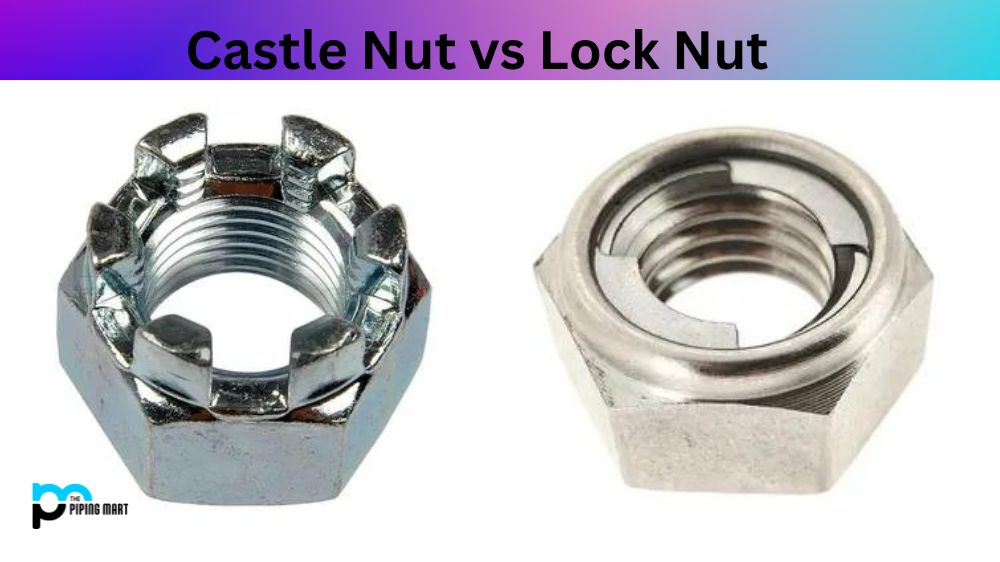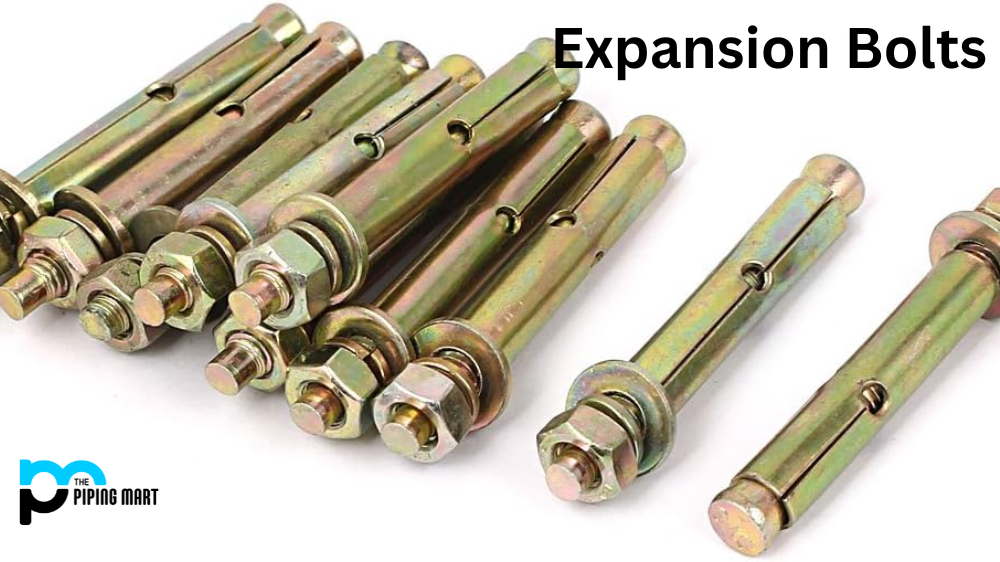Regarding securing bolts and screws, the castle nut and the lock nut are two commonly used nuts. But often, people need clarification on the two and help to identify the difference between them. Understanding the differences between these two nuts can help you choose the best fitting nut for your project, so in this blog post, we will delve into the main differences between castle nuts and lock nuts.
What is Castle Nut?
A castle nut is a fastener used widely in the firearms industry. It has an internal threaded hole, and its edges are notched like a castle wall. The notched sides allow for the subsequent installation of cotter pins, which lock the nut to ensure it won’t come loose during operation. Castle nuts are typically used to secure barrel extensions on rifles or shotguns.
What is Lock Nut?
A lock nut is a fastener to secure another nut or bolt. It typically has a round body with threads on the outside and an internally threaded hole at the center. The main purpose of this specialized nut is to prevent unintentional loosening due to vibration or tampering. Lock nuts come in various shapes, sizes, and materials, but all work using a locking mechanism that makes it easier to spin with tools being applied first.
Difference Between Castle Nut and Lock Nut
Purpose of Castle Nut vs Lock Nut
The primary purpose of castle nuts is to secure cotter pins in place. Cotter pins are metal pins shaped like a split circle and used to secure a bolt or other fastener. Castle nuts have a series of notches that align with the hole in the bolt, into which a cotter pin is inserted to hold everything in place. On the other hand, lock nuts use their locking mechanism rather than a cotter pin. They’re designed to be tightened against another fastener – like a bolt or washer – to prevent loosening over time due to vibrations or changes in temperature.
Types of Materials Used
Castle nuts are generally made from low-carbon or stainless steel, while lock nuts are typically made from steel, stainless steel, or nylon. Steel and stainless steel lock nuts perform well in high-heat environments and applications requiring corrosion resistance. Nylon lock nuts are ideal for low-stress, low-heat applications and resist vibration loosening.
Tightening of Nuts
Castle nuts require a cotter pin to be secured in place and generally need to be tightened in place by hand, while lock nuts can be tightened with a wrench or socket. Lock nuts don’t require additional securing devices and can be easily removed with a wrench or pliers without damaging the nut.
Common Applications
Castle nuts are commonly used in automotive and aviation, as well as any application that requires securing fasteners with a cotter pin. Lock nuts are widely used in heavy machinery manufacturing, construction, and other industries where the force of a machine’s moving parts or high vibration may cause regular nuts to come loose.
Appearance and Aesthetics
Castle nuts feature a unique design of elongated slots resembling a medieval castle. They are less attractive aesthetically compared to lock nuts. Lock nuts come in a sleek, smooth and more polished design that enhances the overall aesthetics of your project.
Conclusion:
Choosing the right type of nut can make all the difference in the performance and longevity of any project. Knowing the differences between castle nuts and lock nuts can help you choose which is best for your application. If you’re in need of a nut type that will secure a cotter pin, choose a castle nut. Alternatively, go with a lock nut if you require a nut resistant to vibrations and excessive tension. In any case, always ensure that the nut you choose is made of durable materials that match your application requirements and don’t hesitate to seek expert advice if you’re unsure.

A passionate metal industry expert and blogger. With over 5 years of experience in the field, Palak brings a wealth of knowledge and insight to her writing. Whether discussing the latest trends in the metal industry or sharing tips, she is dedicated to helping others succeed in the metal industry.




